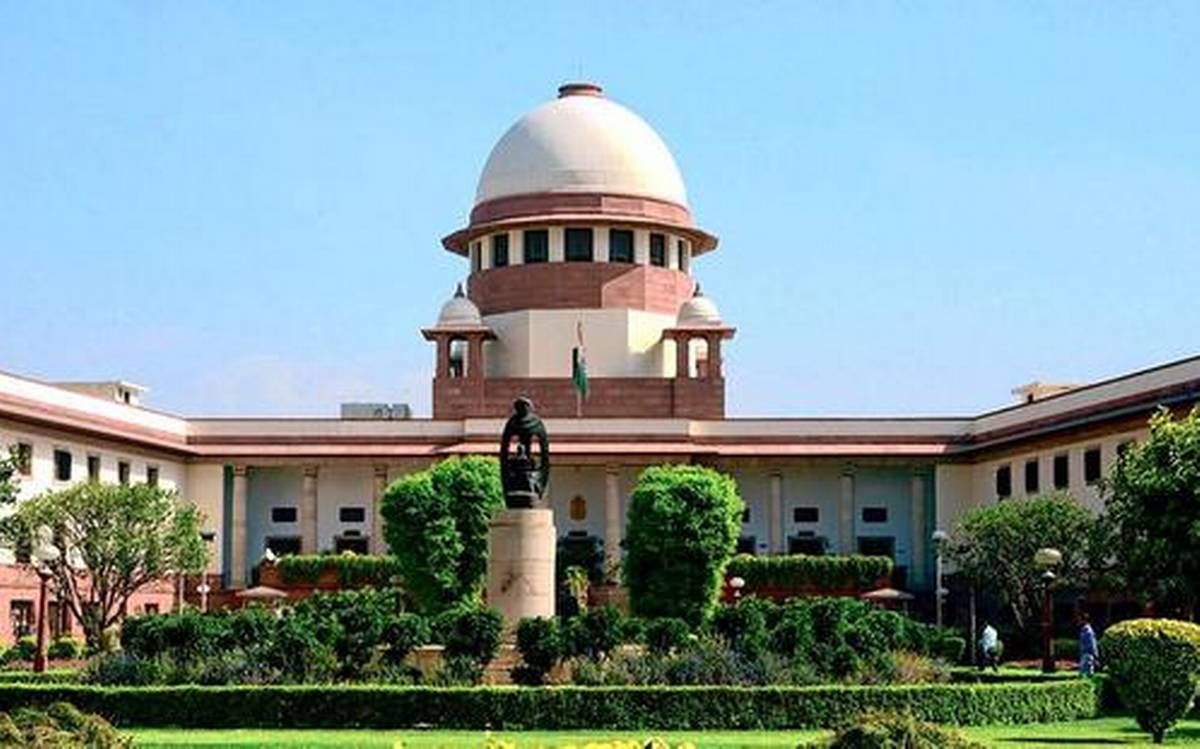Synopsis: The Court ruled that the accused was entitled to be treated as a juvenile under the Juvenile Justice Act, 2000, because he was less than 18 years of age on the date of commission of the offence in 1981.
On Wednesday, nearly forty years after the crime was committed, the Supreme Court set aside the life sentence of a prisoner after finding that he was entitled, to be classified as a juvenile under the Juvenile Justice Act, 2000.
The judgement of the Bench of Justices S Abdul Nazeer and Sanjiv Khanna set aside the Allahabad High Court’s decision that granted the convict, who was found to be a juvenile at the time of the commission of the crime, life imprisonment.
Although the Supreme Court upheld the conviction, but it set aside the life imprisonment order and ordered the Juvenile Justice Board, to pass orders concerning the detention and custody of the petitioner in compliance with the Juvenile Justice Act of 2000.
In 2018, the High Court rejected an appeal filed by three convicts against the trial court’s decision to hold them guilty of murder.
At the time of the incident, one of the three convicts had claimed to be a juvenile. Although rejecting the petitions of the two co – accused, the Supreme Court decided to hear the appeal of the third convict, Satya Deo.
The Supreme Court had ordered the trial court to determine the juvenility of the petitioner. As the matter was brought before the Court, it revealed that, according to the 2000 Act, the petitioner was a juvenile but did not fall under the category of ‘juvenile’ under the Juvenile Justice Act, 1986.
Under the 1986 Act, the age of puberty for boys is up to 16 years, while under the 2000 Act, both boys and girls are set at 18 years.
Between the 1986 and 2000 Acts and the Juvenile Justice (Care and Protection) Act of 2015, the Supreme Court continued to ascertain which of the enactments will regulate the proceedings in this case.
In the case of Pratap Singh v. the State of Jharkhand, the court had noted that, the 2000 Act would be applicable in a pending proceeding initiated under the 1986 Act if the person had not reached the age of eighteen as of 1 April 2001, that is when the 2000 Act came into force.
Furthermore, according to this decision, the calculation date for assessing the age of the juvenile is the date of the offence and not the date on which the juvenile is brought before the institution or the court.
In the present case, at the time of the commission of the offence, the petitioner was under the age of 18. Thus, the Court said that he must be extended the benefit of being tried as a juvenile.
According to Section 6 of the General Clauses Act, which deals with the effect of the repeal, and Section 25 of the 2015 Act, which deals with special provisions relating to the pending proceedings, makes it very clear that the petitioner is expected to proceed against it in compliance with the provisions of the 2000 Act.
The Court, therefore, set aside the life sentence award on the basis of above-mentioned grounds and directed the Juvenile Justice Board to proceed against the petitioner in compliance with the provisions of 2000 Act.

